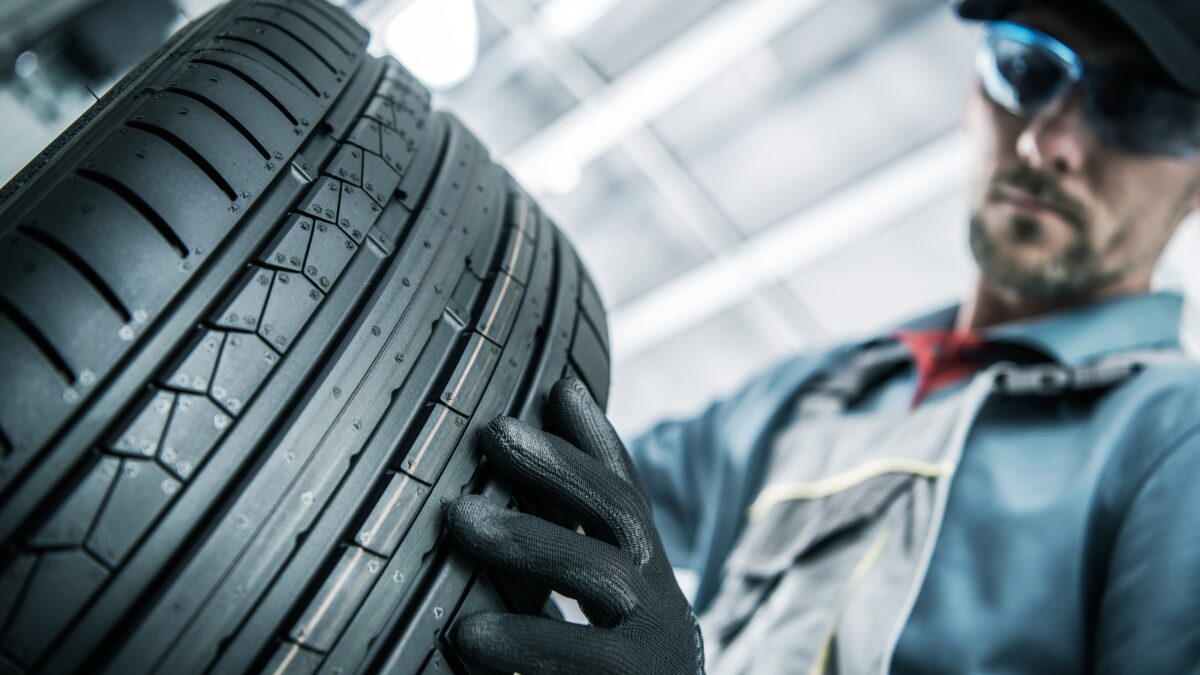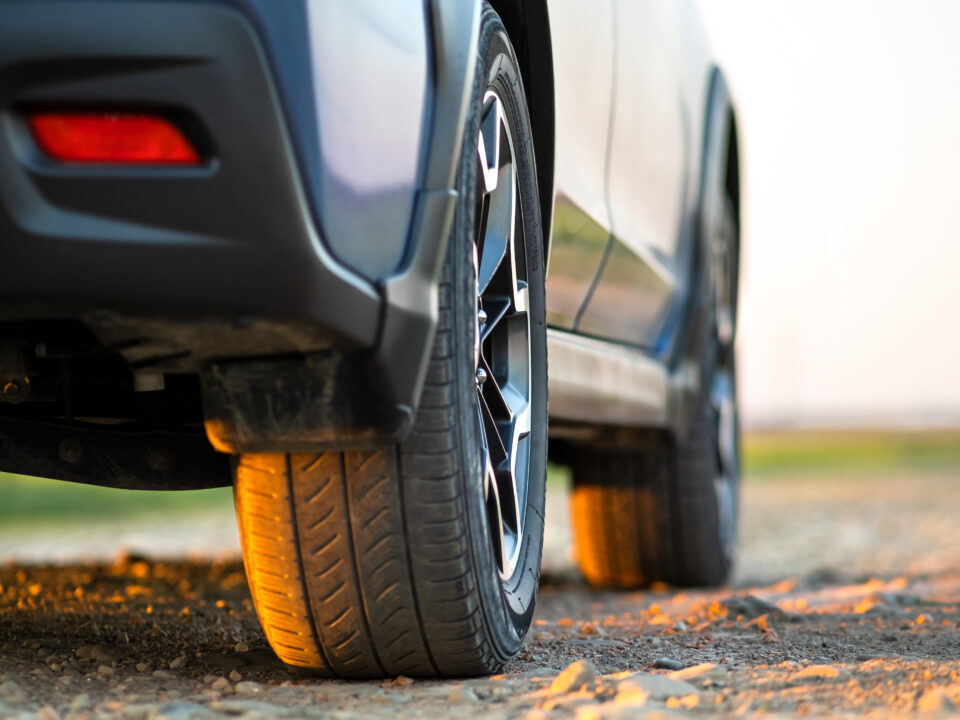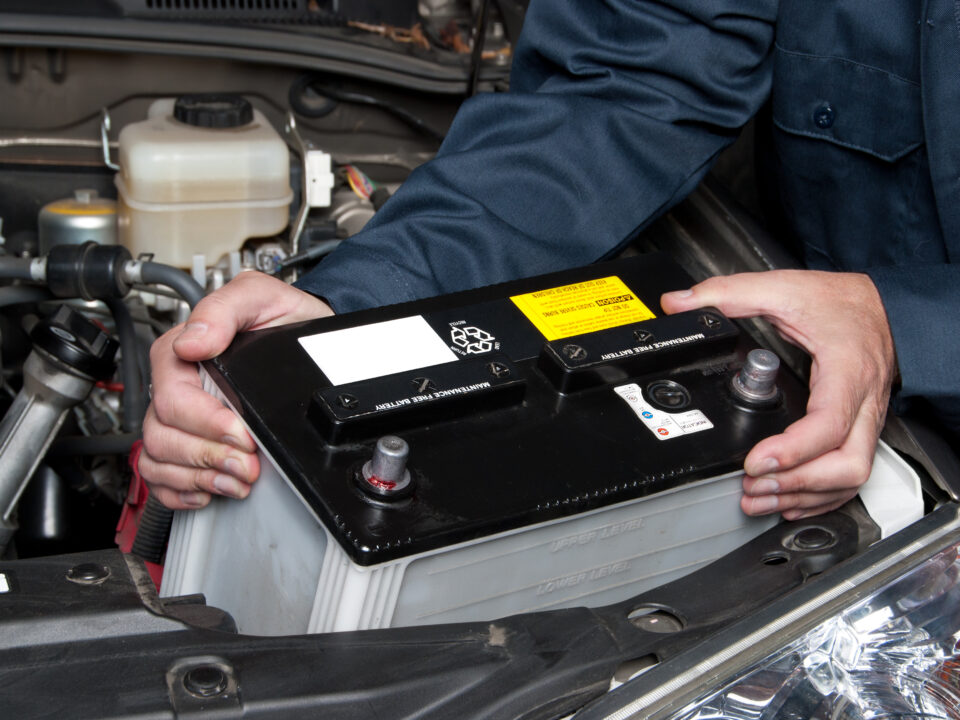- Mon - Fri: 7:30am - 5:30pm
- 613-836-6136
- stittsvilleauto@gmail.com
Tire Myths Debunked: Separating Fact from Fiction

High Speed Tires
September 7, 2023
Scheduled Maintenance and Professional Inspection: Your Winter Assurance
September 27, 2023Tires are the unsung heroes of the road, keeping us safely connected to it while enduring a myriad of challenges. Yet, myths and misconceptions about tires persist, affecting how we care for and make decisions about them. In this article, we embark on a journey to unveil the truth about tires by debunking common myths and replacing them with solid facts. From tire pressure to tread wear indicators, from all-season tires to the age of your rubber, join us as we set the record straight and empower you to make informed choices for a safer and more efficient drive. Let's dive in and separate fact from fiction in the world of tires.
Let's separate fact from fiction when it comes to tires.
Myth 1: "Inflating Tires to the Max PSI Listed on the Sidewall Gives Better Performance."
Fact: Inflating your tires to the maximum PSI (pounds per square inch) listed on the sidewall may seem like a way to enhance performance, but it's not ideal. The recommended tire pressure for your vehicle can usually be found in the owner's manual or on a sticker inside the driver's door frame. Overinflating tires can result in a harsh ride, reduced traction, and uneven wear. Underinflating, on the other hand, can lead to reduced fuel efficiency, poor handling, and increased risk of blowouts.
Myth 2: "All-Season Tires Are Suitable for All Weather Conditions."
Fact: While all-season tires are designed to provide decent performance in various weather conditions, they are not the best choice for extreme winter conditions or high-performance driving. Winter tires offer superior grip and braking in cold and snowy conditions, while summer performance tires excel in dry and warm weather. Consider the specific conditions you'll be driving in when choosing your tire type.
Myth 3: "Tire Tread Wear Indicators Are Useless."
Fact: Tread wear indicators, also known as wear bars, are small raised bars within the tire grooves that become visible as the tread wears down. They serve as a valuable visual indicator of when it's time to replace your tires. Ignoring them can lead to decreased traction and a higher risk of hydroplaning in wet conditions.
Myth 4: "New Tires Should Always Go on the Front Axle."
Fact: The idea that new tires should always be placed on the front axle is a common misconception. The correct tire placement depends on your vehicle type and driving conditions. For front-wheel-drive vehicles, new tires can go on the front axle to maintain traction during acceleration. However, for rear-wheel-drive and all-wheel-drive vehicles, it's often recommended to put new tires on the rear axle to prevent oversteer and maintain stability, especially in wet conditions.
Myth 5: "Tires Can't Expire."
Fact: Tires can indeed expire, and their lifespan is influenced by factors such as storage conditions and exposure to sunlight and ozone. Most tire manufacturers recommend replacing tires that are six years old, regardless of their tread depth. Old tires can become brittle and prone to failure, even if they look fine.
Myth 6: "All Tires of the Same Size and Brand Are Identical."
Fact: Not all tires of the same size and brand are identical. Tire models within the same brand can vary in terms of performance characteristics, tread patterns, and intended use. It's essential to research and select the right tire model that matches your driving needs and preferences.
By debunking these tire myths and understanding the facts, you can make more informed decisions about tire maintenance and selection, ultimately ensuring safer and more efficient driving.




